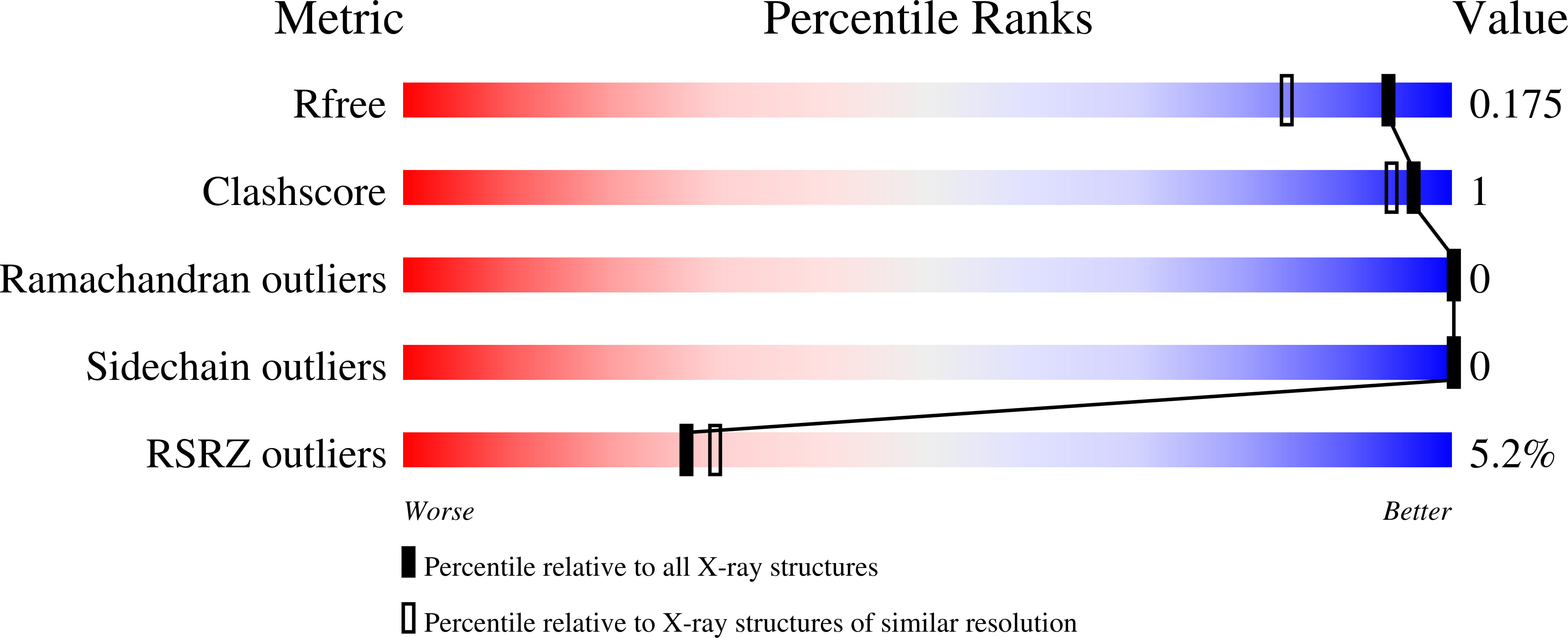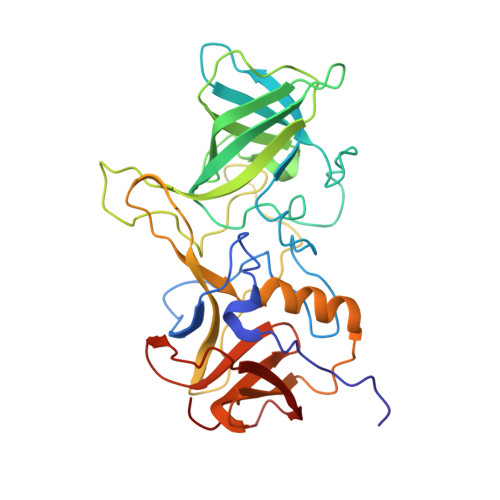Human noroviruses' fondness for histo-blood group antigens.
Singh, B.K., Leuthold, M.M., Hansman, G.S.(2015) J Virol 89: 2024-2040
- PubMed: 25428879
- DOI: https://doi.org/10.1128/JVI.02968-14
- Primary Citation of Related Structures:
4OOS, 4OOV, 4OOX, 4OP7, 4OPO, 4OPS, 4WZE, 4WZK, 4WZL, 4WZT, 4X05, 4X06, 4X07, 4X0C - PubMed Abstract:
Human noroviruses are the dominant cause of outbreaks of gastroenteritis around the world. Human noroviruses interact with the polymorphic human histo-blood group antigens (HBGAs), and this interaction is thought to be important for infection. Indeed, synthetic HBGAs or HBGA-expressing enteric bacteria were shown to enhance norovirus infection in B cells. A number of studies have found a possible relationship between HBGA type and norovirus susceptibility. The genogroup II, genotype 4 (GII.4) noroviruses are the dominant cluster, evolve every other year, and are thought to modify their binding interactions with different HBGA types. Here we show high-resolution X-ray crystal structures of the capsid protruding (P) domains from epidemic GII.4 variants from 2004, 2006, and 2012, cocrystallized with a panel of HBGA types (H type 2, Lewis Y, Lewis B, Lewis A, Lewis X, A type, and B type). Many of the HBGA binding interactions were found to be complex, involving capsid loop movements, alternative HBGA conformations, and HBGA rotations. We showed that a loop (residues 391 to 395) was elegantly repositioned to allow for Lewis Y binding. This loop was also slightly shifted to provide direct hydrogen- and water-mediated bonds with Lewis B. We considered that the flexible loop modulated Lewis HBGA binding. The GII.4 noroviruses have dominated outbreaks over the past decade, which may be explained by their exquisite HBGA binding mechanisms, their fondness for Lewis HBGAs, and their temporal amino acid modifications.
Organizational Affiliation:
Schaller Research Group at the University of Heidelberg and the DKFZ, Heidelberg, Germany Department of Infectious Diseases, Virology, University of Heidelberg, Heidelberg, Germany.

















